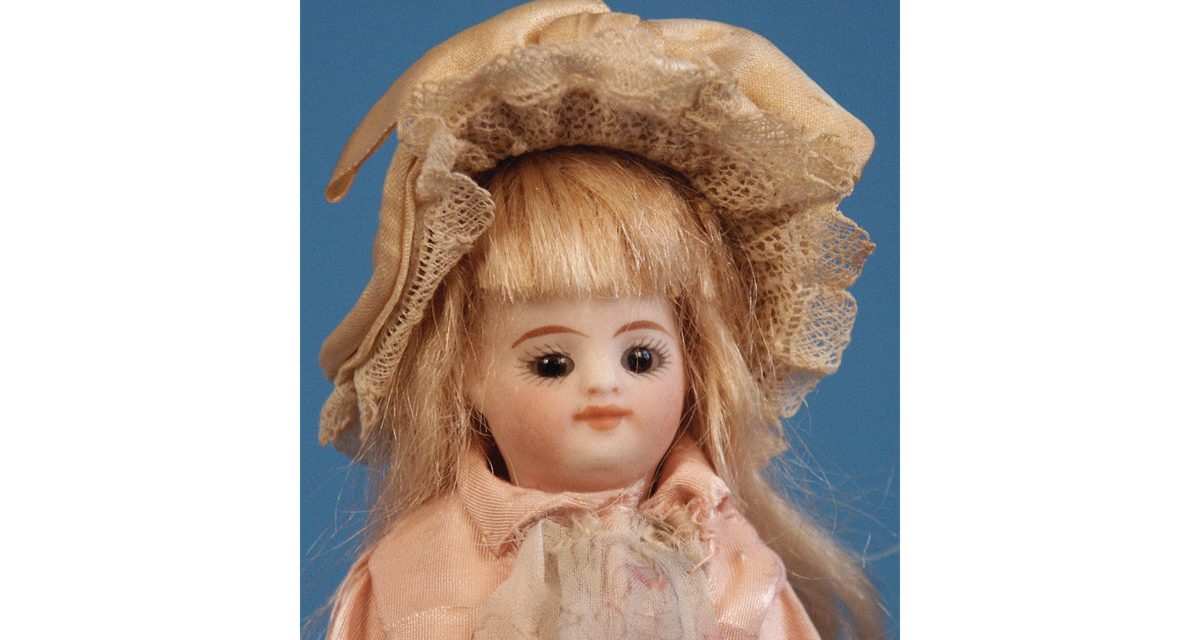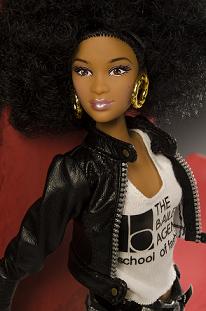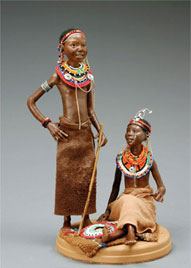By Jan Foulke
Q: I really like small dolls, especially the all-bisque ones. I found one that I just loved and was told that it was a French doll. It was about 5.5 inches tall and priced at about $2,000. The dealer said it was not marked, so I thought I’d better find out more about it before I spent that much money. I know from reading your articles that you also collect all-bisque dolls, so thought that I would ask about this doll.
The rest of this article can be seen only by paid members who are logged in.Have a website login already? Log in and start reading now.
Never created a website login before? Find your Customer Number (it’s on your mailing label) and register here.
JOIN HERE
Still have questions? Contact us here.







